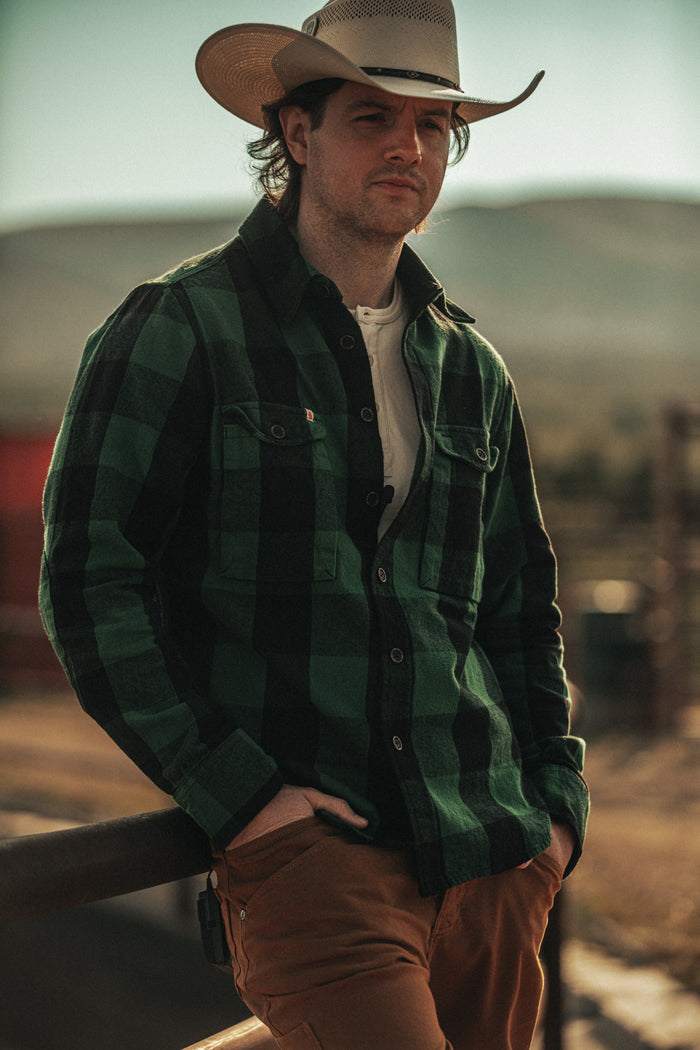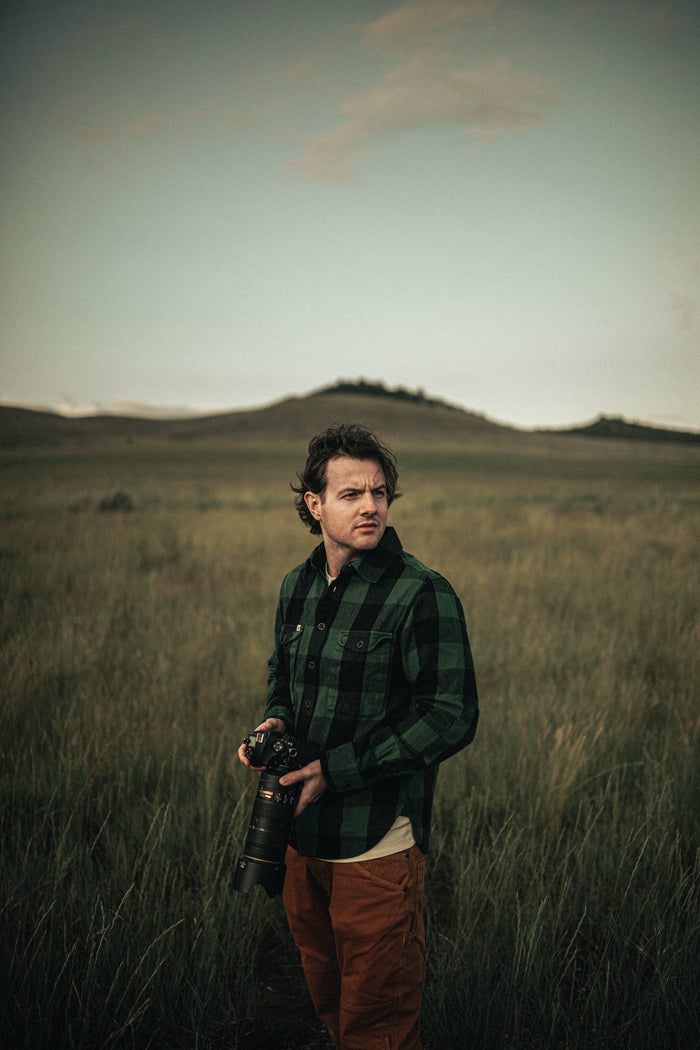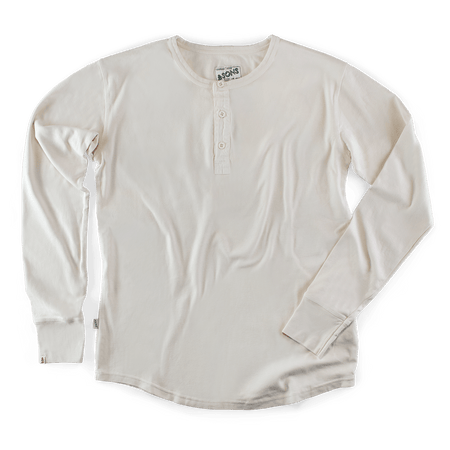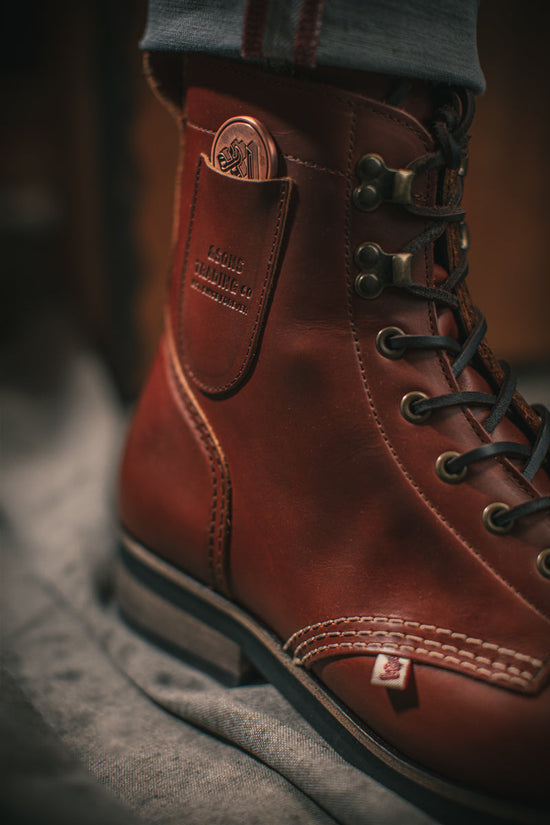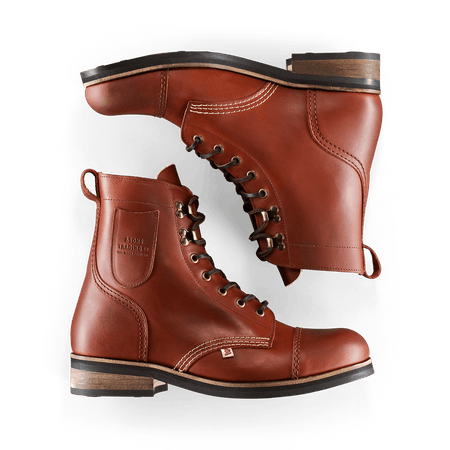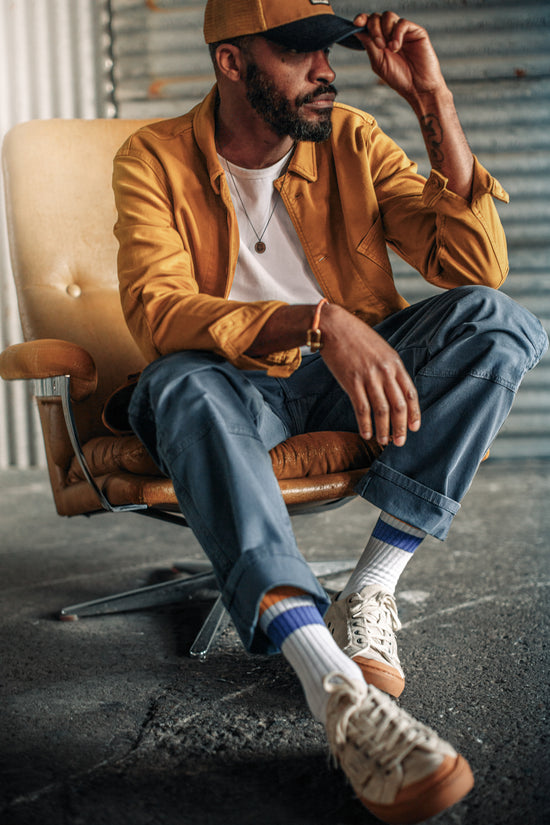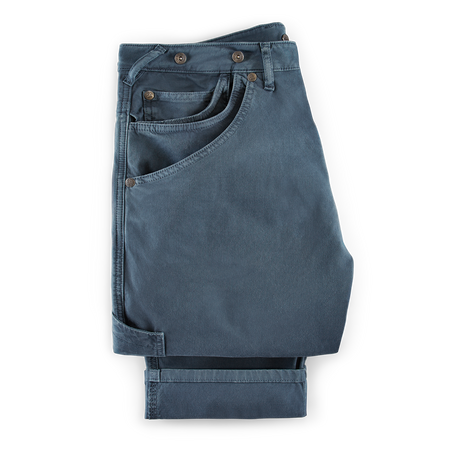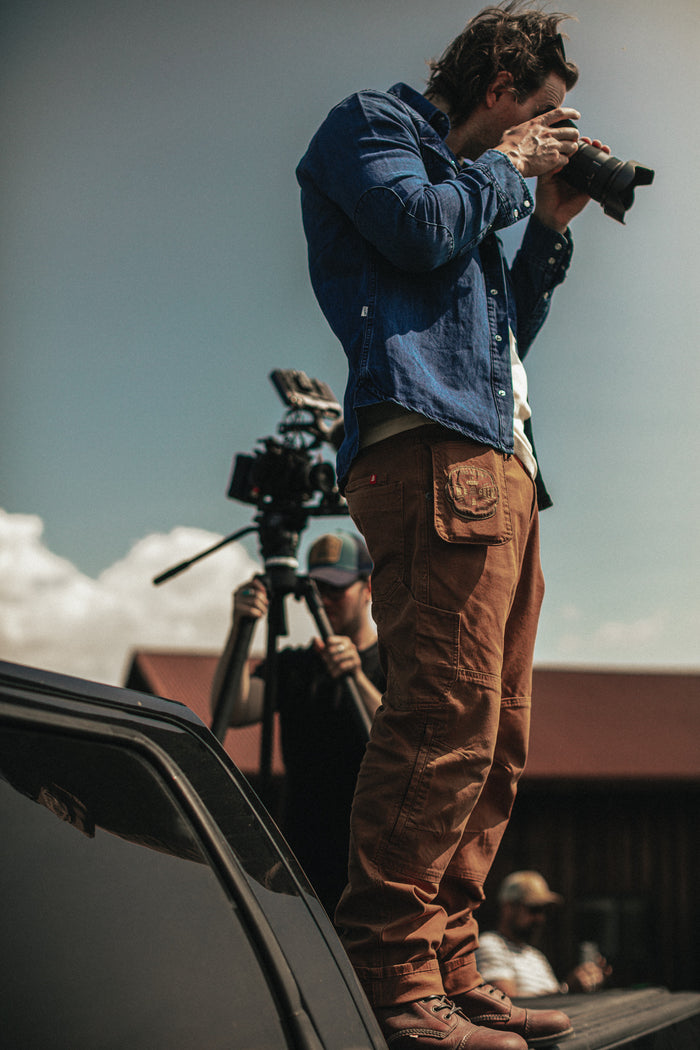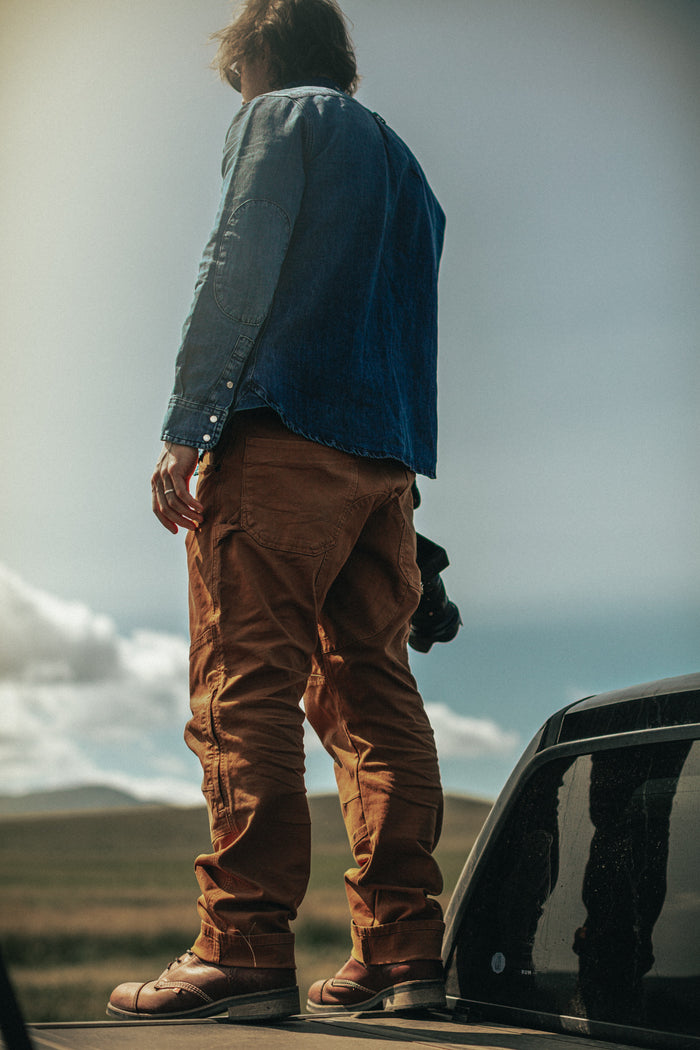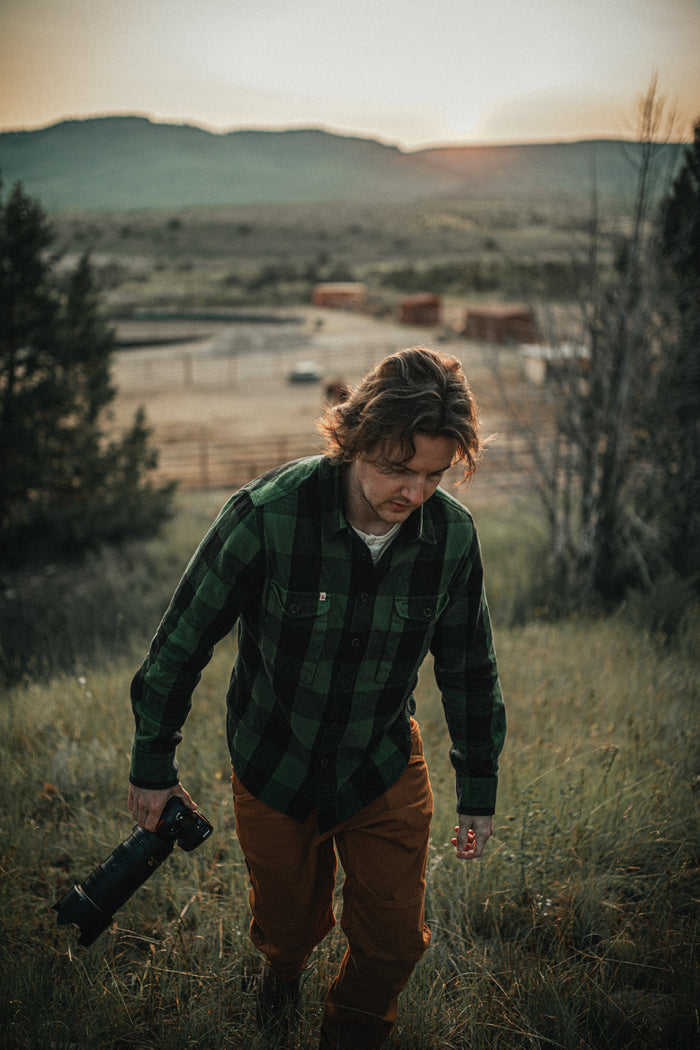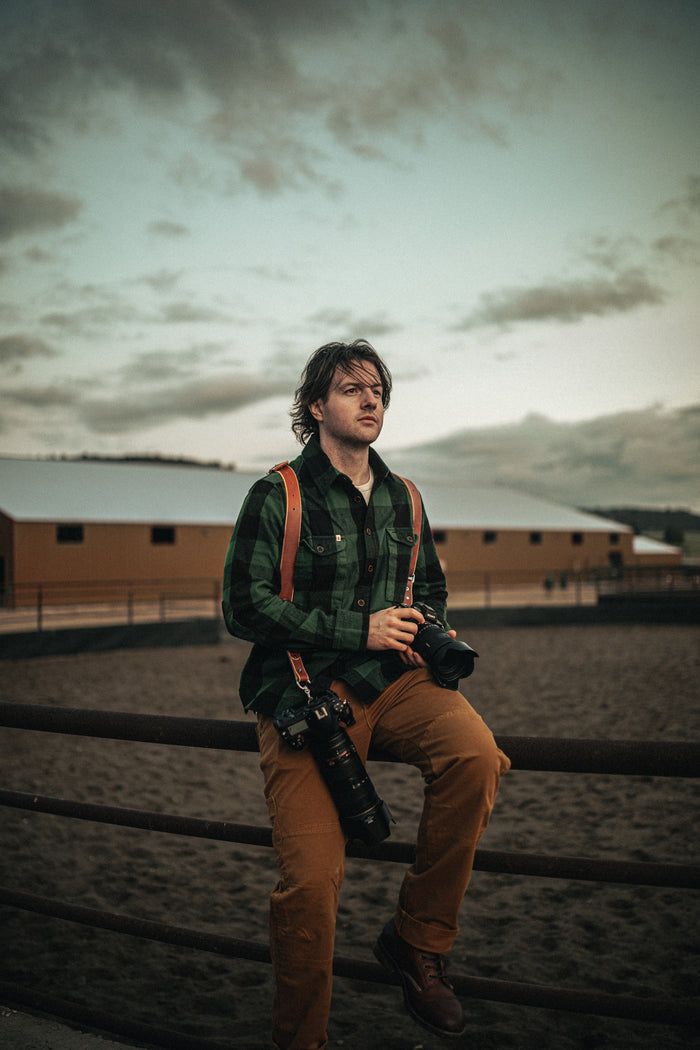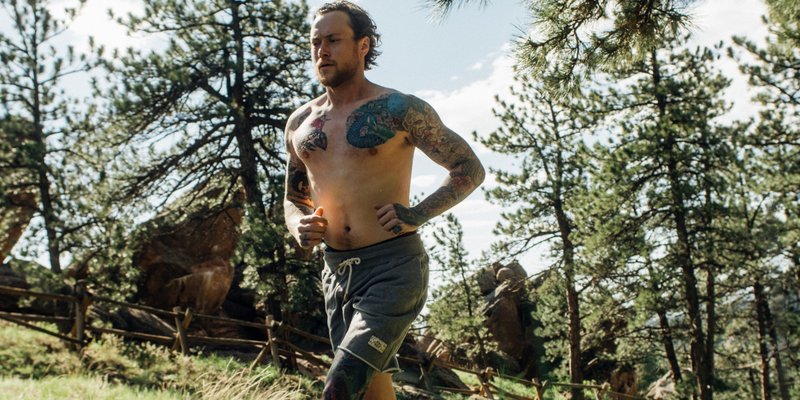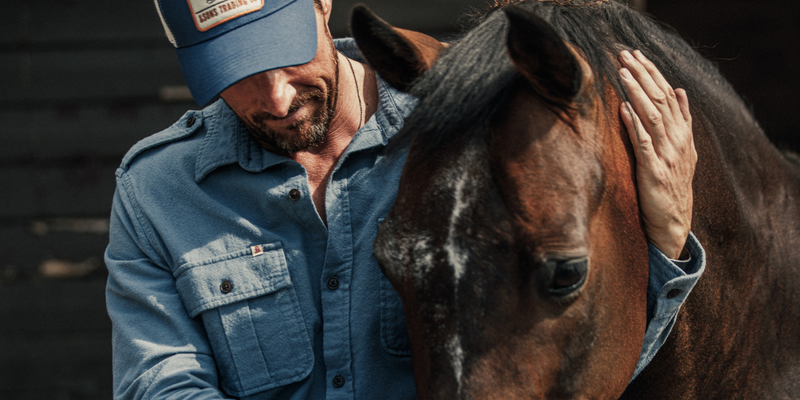July 25
Pioneer Stories: Brendan Byrne - Through the Lens of a Modern Nomad
Brendan is an Australian-born photographer with a passion for Americana, cinematic storytelling, and the rugged landscapes of the American West.
Since relocating to the U.S. over a decade ago, he has travelled to all 50 states, driven thousands of miles, and captured moments that feel pulled from a movie reel. In this conversation, we talk to Brendan about his photographic journey, the places that inspire him, and what it truly means to be a pioneer.
Can you tell us your name and what you do?
Hi, my name is Brendan. I'm an Australian photographer. I moved to the US 11 years ago, and I have a particular passion for Western and Americana.
How did you end up here in the US?
I originally moved to New York City to go to acting school. I always had an interest in photography, but I only started doing it professionally, or wanting to do it professionally, during COVID. So I'm a few years in now, but I love it. And I've had a passion for it for a long time.
How would you describe your photographic style and approach?
My photographic style, to borrow an overused term, is probably cinematic. Nostalgic too. A great compliment people can pay me is if they think that one of my photographs is like a screen grab from a film, especially a film I like.
I've driven all across this country, I've been to all 50 states, and there's so much of the time you drive into a different American town or a different American landscape, and it feels like you just walked onto a movie set, except nothing's actually being filmed there. This country lends itself to my style for sure.
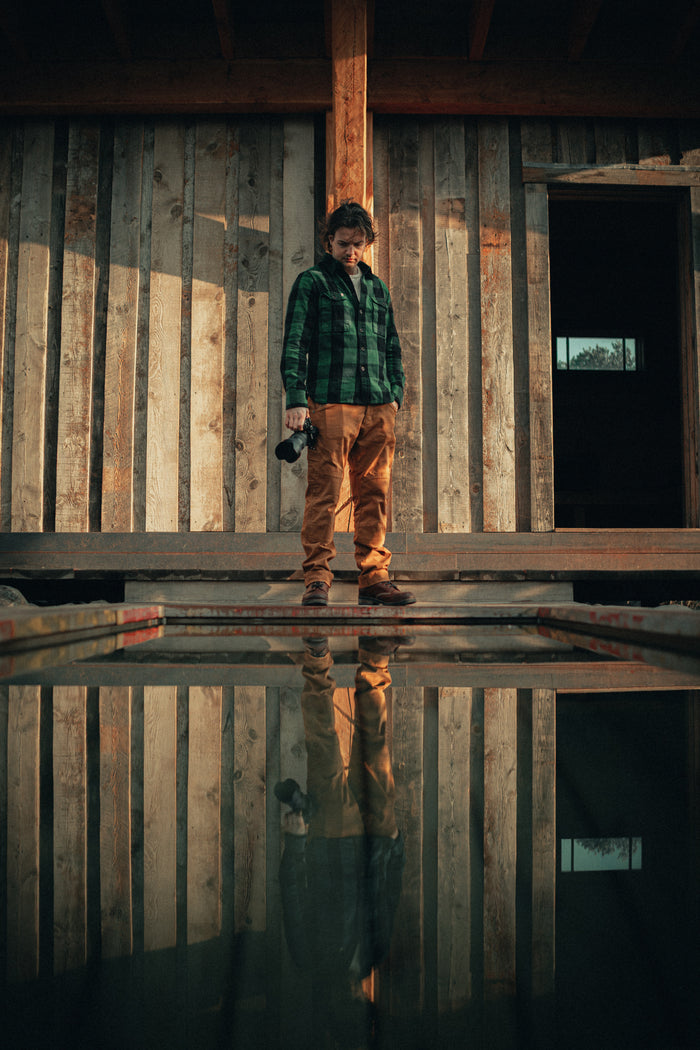
Can you tell us about a memorable or challenging experience you’ve had shooting in a diverse environment?
A very challenging experience I've had recently, actually, wasn't in this country, but it was only a couple of months ago, so it's kind of top of mind. I sailed to Antarctica with my brother and a bunch of other people on a 112-year-old Dutch tall ship called the Barki Robot. It essentially looks like a pirate ship. It was built the year before the Titanic.
We sailed to Antarctica on that, leaving from Ushuaia at the bottom tip of South America. You have to cross some of the most treacherous oceans in the world, trying not to vomit or look after a close family member who was vomiting, while also trying to capture beautiful imagery, dealing with the rain and the cold and everything else. That was challenging, but I think that's one of my favourite photographic experiences. Putting the two together made for a memorable trip.
What are some of the most interesting or unexpected places you’ve worked?
Some of the most interesting places I've been to in this country usually don't appear on any maps. You go to the national parks and you go to Alaska and Southern California and the Southwest and New England, and it's all beautiful, but you expect it to be beautiful, and it often overdelivers.
I think the things you don't expect are the small towns in between those main destinations that really take you by surprise. Again, it goes back to that, some of them are set up as if there's a movie being shot there or some kind of cool series being shot there - but it's not. This is just how these towns are set up. I don't know how much of that's on purpose, but there have been towns in the middle of Iowa—Villisca, Iowa; Jet, Kansas; there's just a bunch. Marfa in West Texas is a bitmore known, but when you're driving hundreds of miles across the country and then you just blow into this strange little town, it often contains some of the most exciting surprises.
How has your Australian upbringing influenced your photography?
I think my Australian upbringing helped me as a photographer because from an early age, I had a real appreciation for quite harsh landscapes and weather, which is something I love to photograph - especially people in those environments, dealing with the weather, working in the weather and the challenges that come with that.
A lot of people don't know that Australia and the US geographically are a similar size, but we have a population comparable to that of Florida. So there's a whole lot in Australia where there's absolutely no services, no people, no signs of civilisation. Going to those environments when I was a young kid gave me a real appreciation for nature and the landscape and how harsh and unkind it can be. But they're also the things that attract me aesthetically. And they're the things that often here I like to capture.
What do you consider to be the most important elements of effectively telling a story through images?
I don't know if it's an element, but I think one of the most important things to tell a story through an image is you have to convey a message upon first glance. And that's very, very hard to do. There are a few elements that go into that - composition, lighting, exposure, and everything else.
Not that the technical details don't matter, but they matter less than the thought and care in terms of the place, the location, the character, or I think you should think of them as characters, the person that appears in your frame, the location, the coat, what they're wearing, potentially where they're going or what they're doing, the activity they're doing.
I like to direct the people in my photos because I essentially like to treat it like a film, even though it's just a still image. And I think if you can put those elements, along with the technical stuff, together and say something, or send a message upon first glance, to me, that's a successful image.
What garments have you been drawn to from the &SONS Collection?
One of my favourite things from the &SONS Collection is the Crew Pants, because I could tell they were designed and put together by a photographer. They have about 48,000 pockets. They have things for lens caps, for lenses, different bits and pieces, for knee pads in there and everything else.
I just get the feeling that you can thrash them and they'll hold up to that scrutiny - but also they look good. Functionality and aesthetics don't often go hand in hand, although it's certainly not impossible. And I think &SONS has achieved that, especially with their Crew Pants.
You talked about characters in photographs. How do you believe clothing enhances the story you're telling?
I think the clothing on the characters in the frame is important because, unless it's a direct choice to make them juxtaposeagainst one another, I think they have to match. I think it has to make sense in the world of the photo that you're taking.
I also think that you can tell the story with how they're wearing it, how they interact with it. If there's a bit of business that they can do, that's always fun to play with. Especially because if these garments have been worn by this character for quite some time, the way they interact with that garment is very different.
How do you stay inspired and continue to evolve creatively in your work?
I find it very easy to stay inspired. I think travelling will give you that, even if it's somewhat locally. Talking to other people and other artists will do that. Being an avid consumer of culture will do that. To me, music will do it. Watching a great film or series will do it.
There are so many brilliant creative minds in the world, and there's so much beauty in the world. When you put those two things together, dare I say, there's rarely a day I leave my house where something might not inspire me, especially in this country. This country is brilliant at encouraging creativity and ambition, and I think that's why I've been here more than a decade. It's very easy.
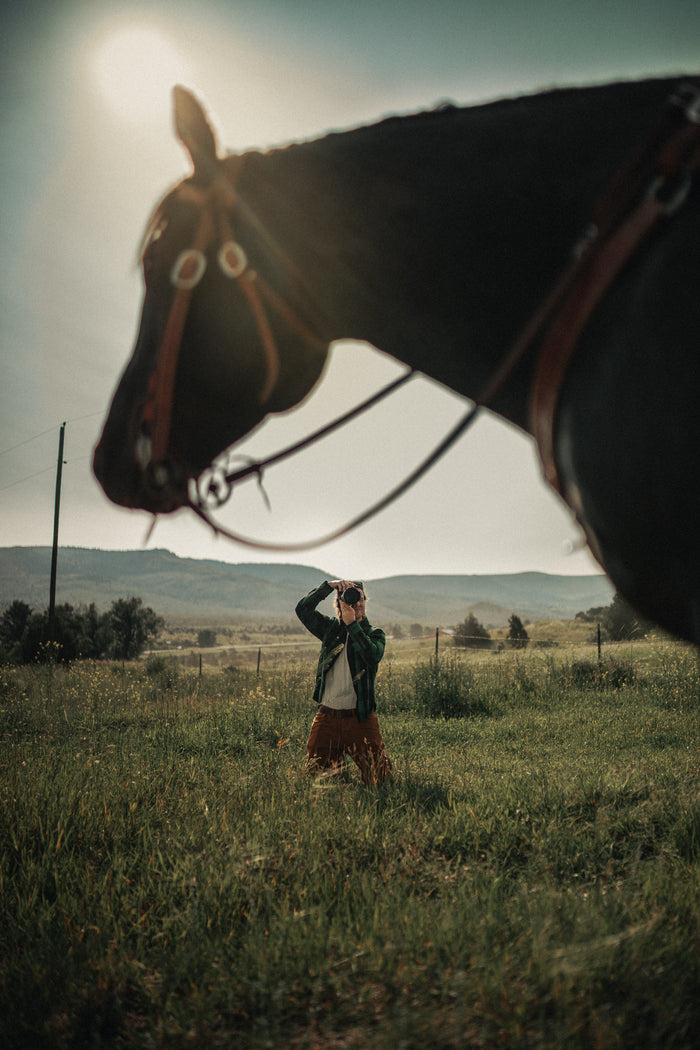
You’ve shot a lot of rodeo imagery. What’s it like capturing that world?
The rodeo is an epic sport. That would probably be the word I use to describe it. I remember my first rodeo. I was standing on the back of the bucking chutes, which is where the broncs and the bulls exit with the riders on their back.There was a series of bucking chutes put together, probably 40,000 pounds of metal, and on that were about 50 people, mostly big men, standing on it.
I was standing there, and the whole thing was shaking because of the ferocity of these animals in the chutes. A bull is like a 2,000-pound animal of testosterone and muscle. To see someone—often smaller than me—lower themselves onto these animals and then blast out into the arena, it's really something to behold. And it's so infused with the culture out here. Rodeo is a fantastic sport. The word I would use to describe it is epic.
You’ve been selected as a Pioneer for &SONS. What does it mean to be a pioneer to you?
A pioneer to me is someone who's not afraid of going their own way. That can be doing something that really scares them, or something they've been told that they couldn't do—or that they shouldn't do. That could be going to a new place. Geographically, a lot of the world's been mapped, but there's a lot within you that hasn't.
If there's something you've always wanted to do, or have been afraid to do, or someone told you you shouldn't do, and you go ahead and do that, if you're a trailblazer within your own heart, I think you're a pioneer.
And finally, what does the future hold for you? Any projects on the horizon?
For the future, I would love to shoot the Iditarod, which is probably the most famous sledge dog race in the world. It covers about a thousand miles in Alaska, from just outside Anchorage to far west Alaska in a town called Nome.
It goes back again, to capturing human and animal athletes in a very harsh environment doing something exceedingly difficult. I would love to go and capture that. I’d love to one day charter an aircraft and go from checkpoint to checkpoint and see how these athletes undertake that endeavour.
I’d also like to shoot for just great American companies that I've always looked up to - Ford, Levi's, Wrangler. To do campaigns for them one day would be amazing. And then the last thing I'd say is, I just want to get better at this - at the craft of photography and what I do.
I actually like that it's one of those things, you never actually arrive at mastery. It's just a continual process. I do often find it very, very difficult. It can be frustrating sometimes. But I like that there's a very long runway, and I just want to keep getting better and better and better at what I do.
